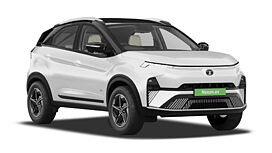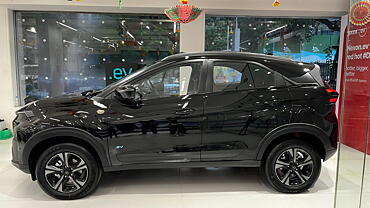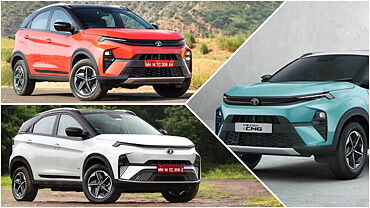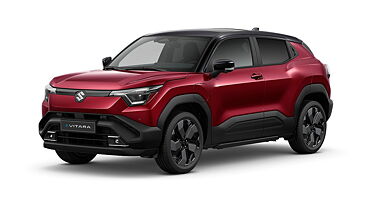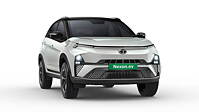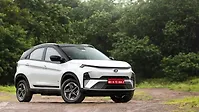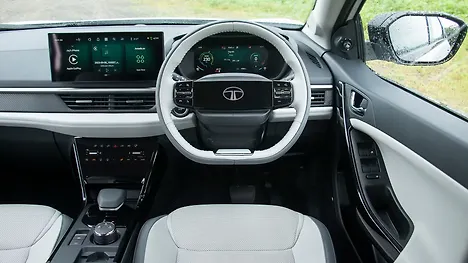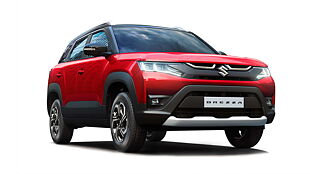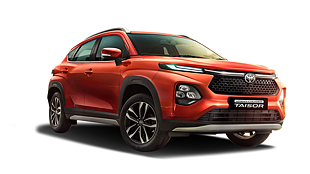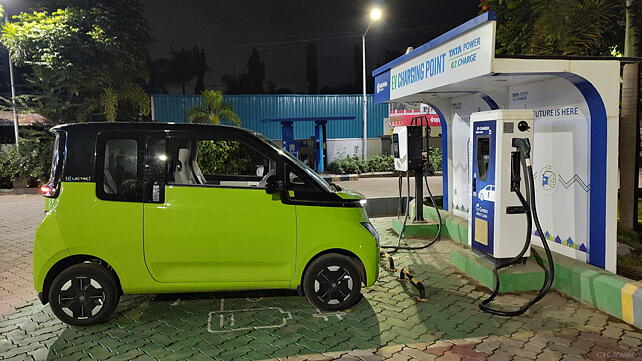
If you are starting out in the world of EVs, got your first EV already, or are just curious about how to charge your electric vehicle at a public charging station, we at CarWale have got your back. Here is a detailed step-by-step guide that will walk you through the entire process which applies to generally all public charging stations.
Step 1: Locate an Electric Vehicle Charging Station
Before you can charge your electric vehicle, you need to find a public charging station. There are various apps and websites that provide real-time information on electric vehicle charging station locations. You can also make use of Google Maps now to find a charger. Once you've found a station nearby, drive there and park your vehicle in the designated charging spot. Most of the EV charging stations are located on the premises of local fuel pumps, mall parking, or hotel parking. It is noteworthy that usually for mall parking, the parking charges are exempted. And if it’s hotel parking, the hotel allows you to use their amenities like a washroom or air-conditioned lobby.
Step 2: Check Your EV Compatibility
Different electric vehicles may have different charging connectors/ports and the charging stations also offer different types of charging guns. It’s better to ensure that your EV is compatible with the charging guns available there. Most public EV charging stations provide multiple connectors, including CCS, CHAdeMO, and Type 2. You also need to check the capacity of charging. Meanwhile, the price per unit depends on the proprietor. All of this information is usually available on the mobile application.

Step 3: Activate the Electric Vehicle Charging Station
And that brings us to the charging process. Almost all charging stations are unmanned. You have to carry out the charging process yourself and it's all online through your smartphone. So ensure your phone is sufficiently charged, has a service network, and is capable of making online transactions/payments. Once there, you might find a QR code to download the proprietor’s mobile app. Some OEMs also provide RFID cards which can be used to tap-and-start EV charging.Simply follow the instructions on the charging station for using the provided app to start the charging session. Some stations may also have a display screen with prompts to guide you through the process.
Step 4: Connect the EV Charging Cable
Once the charging station is activated, it's time to connect your electric vehicle to the charger. Open the charging port on your EV and grab the charging cable provided by the station. Some stations may have two guns, so check the labels on the guns to ensure you are using the right charging gun for your electric car. Insert the cable into your vehicle's charging port until it clicks securely in place. Cross-check that the connector is firmly attached to both the EV and the charging station. Also, make sure the charging gun is locked in place and not removable once you have locked the vehicle.
Step 5: Monitor the Charging Session
After the connection is established, the charging station will start supplying power to your electric vehicle. Keep an eye on the charging session through the station's display or app to track the EV charging progress. The vehicle’s driver’s display also lets you know the total time it will take to charge your EV to 100 per cent. Meanwhile, the mobile app will show important information such as the charging rate, time remaining, the amount of energy transferred, and the total cost of charging.

Step 6: Unplug and End the Session
Once your electric vehicle is sufficiently charged or you're ready to continue your journey, it's time to end the charging session. You can do so by using the same app you started the charging with. Once the charging session has ended, safely disconnect the charging cable from your EV by pressing any release buttons or following the station's instructions. Return the cable to its designated place and confirm the end of the session through the app or station display.
Important Notes
In case the electric vehicle charging session doesn’t start as mentioned in the procedure, don’t panic. Simply stop the process and start over from the beginning.
You might have to install a new EV charging app every time you find a new EV charging provider. However, if you visit more than one station from the same proprietor, the same app should be sufficient.
Since we are still in a nascent stage of EV infrastructure, the charging stations might still come up with unexpected and the most ridiculous challenges when you visit one. Just keep calm and move forward to another charging station if possible.
Conclusion
Charging your electric vehicle at a public charging station may seem intimidating or confusing at first. But with this simple guide, you'll be able to navigate the process confidently. As the electric vehicle infrastructure continues to grow, charging your EV on the go will only become more accessible and user-friendly. If you want to know the technicalities of what all you can expect at an EV charging station, we have done a detailed report on it already. For further assistance, we have also detailed the major electric vehicle charging networks in India.
